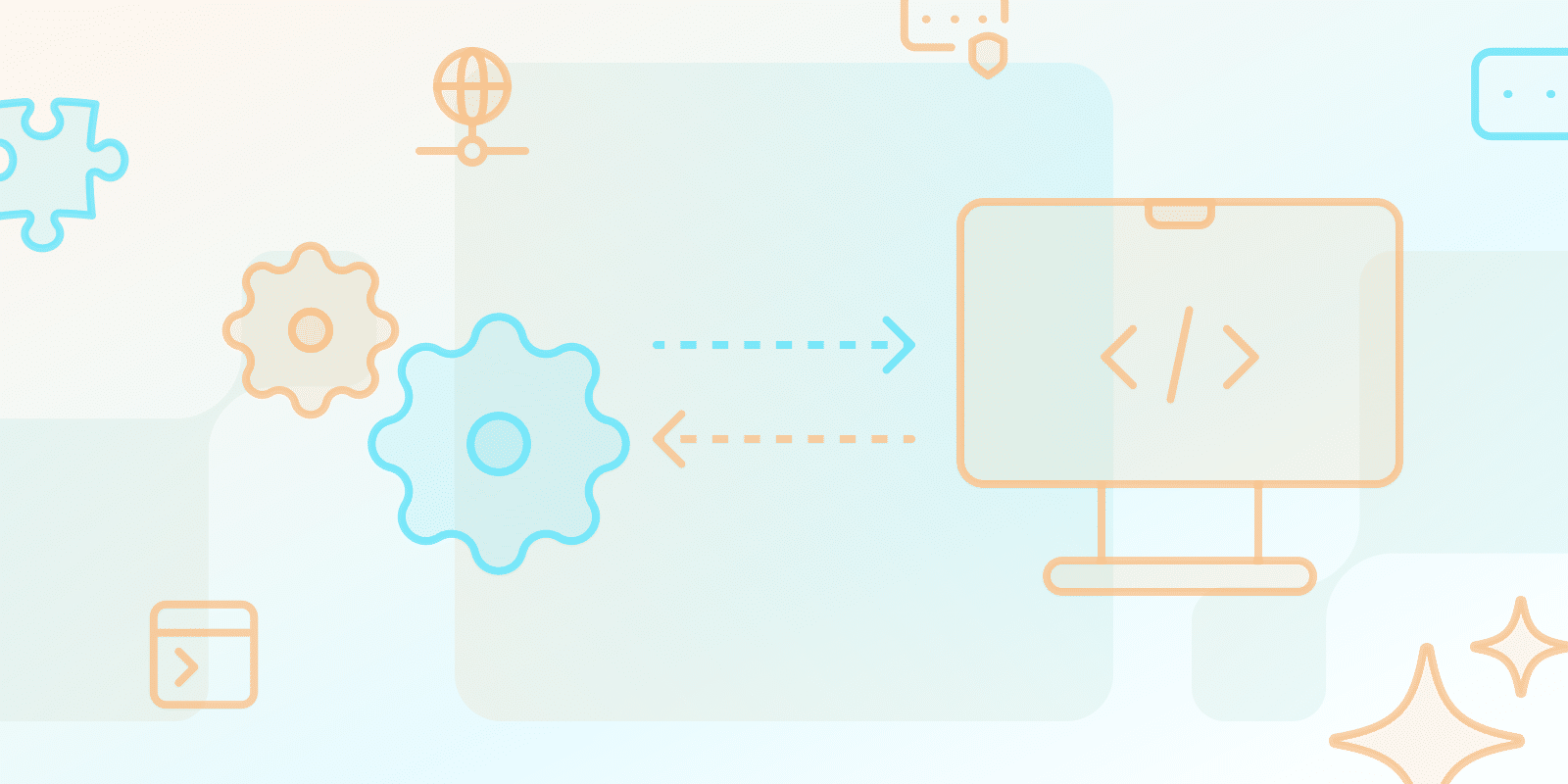What are APIs and Endpoints?
Serverless Computing

What are APIs and Endpoints?
API (Application Programming Interface) is a collection of guidelines and standards that allow different software applications to exchange information and work cooperatively. It serves as a connection where one application can directly use features or data owned by another application.
An endpoint is a URL or address in an API that shows a specific purpose or function. It is the interaction point through which an application sends requests and gets responses from the API.
What is the difference between an endpoint and an API?
API can be defined as an agreement that outlays the relationship between various applications. It describes the endpoint, data format, and how to create a request. An endpoint is a certain point or address within the API where a specific application can be arranged.
What is the difference between a webhook, an API endpoint, and an SDK?
- An API endpoint refers to a URL within an API that deals with the handling of requests and responses.
- Webhook is a specific API URL that receives real-time information or change in state based on a given event from another application.
- The SDK (Software Development Kit) is a toolset that includes libraries, samples, and other resources to facilitate API development. It has pre-built functions and methods that developers employ to engage with the API without developing all the required code.
Is a webhook the same as an API?
It’s important to note that a webhook functions differently than an API. A webhook is a specialized kind of API endpoint developed for the purpose of receiving real-time push notifications from another application. API generalizes a set of rules and specifications for communication between applications that can include different kinds of endpoints.
What is an example of a webhook endpoint, and is it push or pull?
An example of a webhook endpoint is where a payment gateway sends a notification to an e-commerce application after a transaction has been completed. Webhooks are always push-based, implying that the source application pushes data to the webhook endpoint when a specific event activates it.
What is the difference between API and serverless, and is serverless good for API?
IPO는 API determines how two or more applications will communicate while serverless computing is a form of cloud computing where the cloud provider controls and procures computational resources as required. APIs often benefit from a serverless architecture, allowing developers to focus on developing the API’s essential logic without engaging in server management or scaling. The API operates on a pay-as-you-go model charging only for the actual compute time used during API requests.
Additional Tips:
- During the API development, it is important to focus on API documentation and the names chosen for endpoints which improve the developer experience.
- Check out API testing tools such as Postman to ease the work of developers and debuggers processes.
- For first-timers, choose a serverless framework like AWS Lambda or Azure Functions to make it easier to get started.
결론
It is important to be familiar with the specifics of APIs, endpoints, webhooks and serverless computing environments in the current context of software development.
APIs are the foundation of application integration, endpoints are the points of interaction within an API, webhooks are used for real-time event monitoring, and serverless provides an efficient and affordable execution model for APIs.
Understanding of these concepts allows developers to make informed decisions regarding API selection for different applications that are aligned with users requirements.